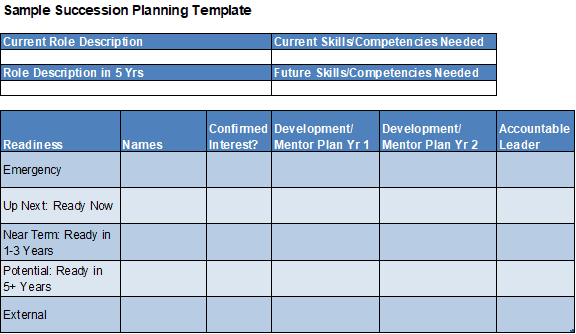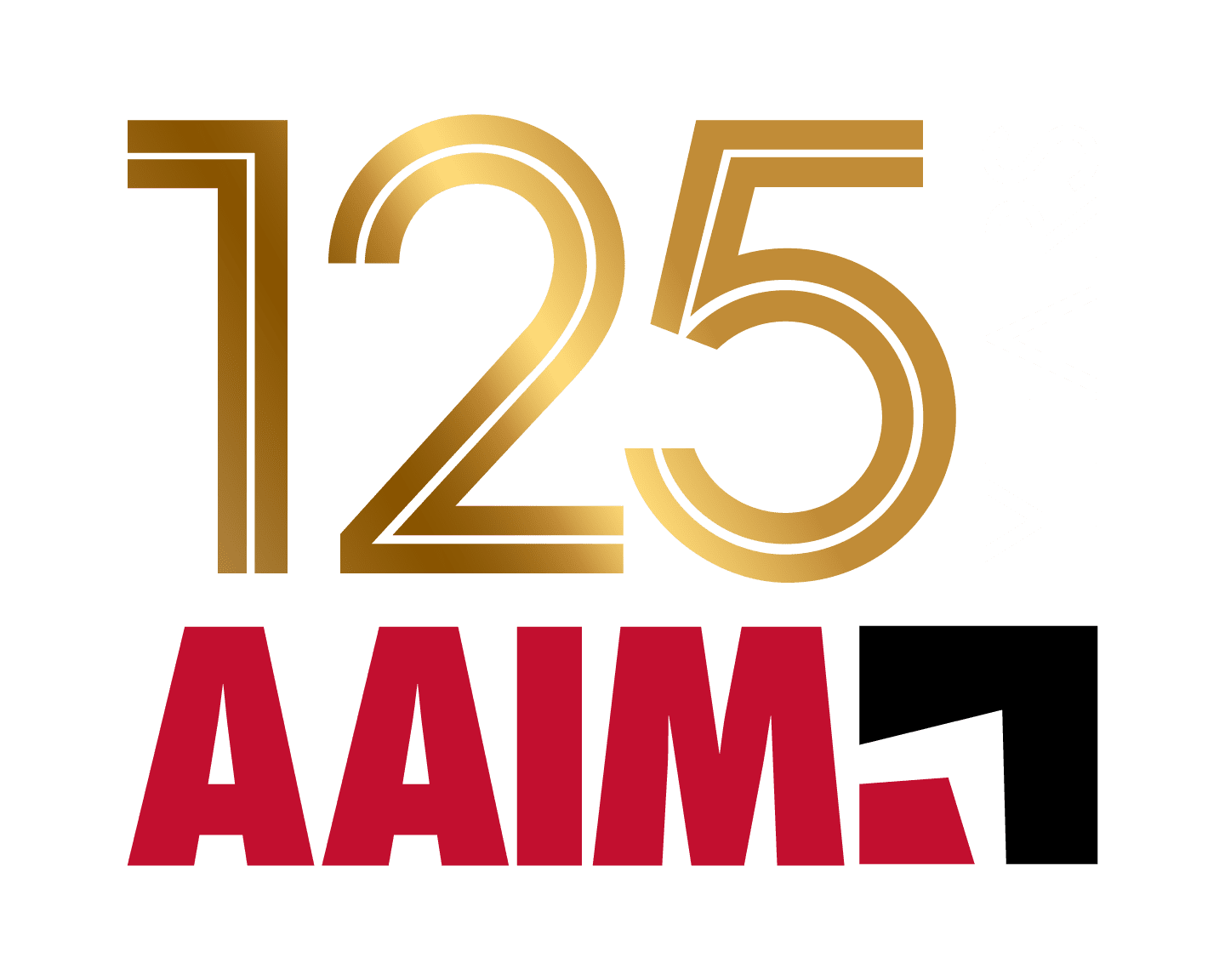Keys to Succession Planning Success
Succession planning is more critical now than ever, with the pace of business change and the experience gap in the workforce at large. Effective succession planning and development may make the difference between winning and losing organizations. But in large and small organizations alike, viable succession planning is a formidable challenge. Here are some important success factors for your succession planning efforts.
- Include leadership roles, critical roles (required to deliver), and pivotal roles (greatest impact on the bottom line) on the succession plan. A common oversight is planning only for senior executive succession.
- Plan for more than the current successor; identify a successor at least 5 years out. Development for leadership, critical and pivotal roles may take years. Often we do not begin early enough to ensure the development needed for success.
- Define the future state of the role –its objectives and critical competencies 3-5 years out. Our development will only be as effective as our target is clear. Frequently we think in terms of replacing the current person in the role, missing important succession requirements. This approach requires a strategic people planning discussion, which should follow strategic business planning.
- Talk with the potential successors about their interest and willingness to take on the future role and the short-term development required. Cover travel, relocation, lateral moves, etc. Yes, we take a risk in communicating because the individual may not be selected. But we will never have effective development without these conversations. Explain to the succession candidate that they are one of several potential future candidates for the role and that having a development plan gives them their best chance to compete for the role.
- Refresh discussions each year with people who are on the succession plan and people with the potential to be on the plan. Personal and career priorities change. Someone who was not open to travel a year ago may be open today. Alternatively, someone interested in quick advancement one year may have new priorities the next year.
- Use validated assessments to gauge the individual’s current level of critical competencies for feedback and development planning.
- Schedule separate time for development planning and goals discussions. This is the most often skipped critical step.
- Include all development stakeholders in planning discussions about the individual development needed. Often development involves and impacts multiple people in the organization.
- Make development objectives part of performance objectives. No one should be listed on a succession plan without an active development plan unless they are “Ready Now”. Even then a business exposure and mentoring plan may be beneficial.
- Assign an accountable executive for each development plan.
- Meet mid-year to evaluate progress against succession development goals.
- Where internal bench strength is lacking, seek out external candidates with potential. Assign at least one executive to maintain contact and build a relationship with this individual.
- Consider creating roles that bridge the development from your candidate’s current roles to the succession roles, especially in smaller organizations. This short-term investment will produce a return in high potential retention and business performance.
- Where you have succession holes, consider creating a profile for succession candidates at the various levels of readiness, even if they do not sit in your organization today. Refer to these profiles with every job vacancy, and evaluate possibilities for hiring potential successions.
- Readiness – Separately identify emergency candidates, Ready Now, Ready in 1-3 Years, Ready in 5 or More Years, and External candidates.
- If someone is at the “Ready in 1-3 Years” stage for multiple years, identify what keeps them from being Ready Now. Discuss with the succession team how the gap will be bridged or whether the individual should come off of the plan.
I encourage you to use this checklist to evaluate and enhance your succession planning approach. If you’re starting from scratch, the following simplified template is a place to begin.

At AAIM we are committed to developing an elite group of employers that deploy progressive and comprehensive talent management solutions. We believe that practices such as these provide a real competitive advantage. Incorporate succession planning into your strategic business planning efforts, and you will increase your long-term success.


